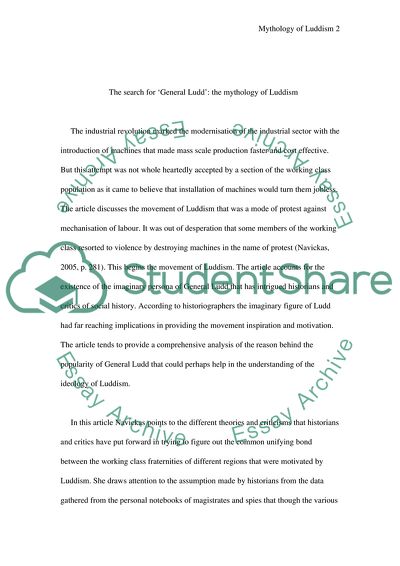Cite this document
(The Search for General Ludd: The Mythology of Luddism Essay, n.d.)
The Search for General Ludd: The Mythology of Luddism Essay. https://studentshare.org/sociology/1723050-the-search-for-general-ludd-the-mythology-of-luddism
The Search for General Ludd: The Mythology of Luddism Essay. https://studentshare.org/sociology/1723050-the-search-for-general-ludd-the-mythology-of-luddism
(The Search for General Ludd: The Mythology of Luddism Essay)
The Search for General Ludd: The Mythology of Luddism Essay. https://studentshare.org/sociology/1723050-the-search-for-general-ludd-the-mythology-of-luddism.
The Search for General Ludd: The Mythology of Luddism Essay. https://studentshare.org/sociology/1723050-the-search-for-general-ludd-the-mythology-of-luddism.
“The Search for General Ludd: The Mythology of Luddism Essay”. https://studentshare.org/sociology/1723050-the-search-for-general-ludd-the-mythology-of-luddism.


